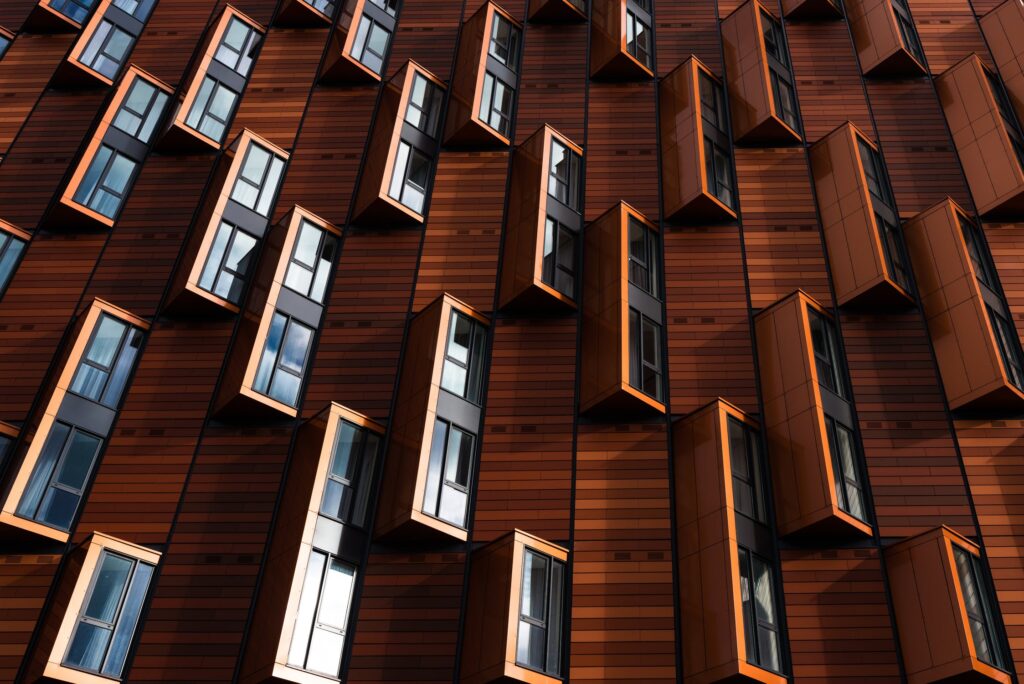Drones are poised to reshape our futuristic architecture — our building designs — with drone delivery areas for residents to safely collect their parcels. JUDD Studio, an architecture firm in Canberra, Australia, has created digital renderings of an upcoming development with the futuristic design for the upcoming 152-unit East Garden Apartments.
The Garden Apartments is located on a block (34,401 square feet) that was originally going to be used for Defense Housing Australia’s head office and is located in the Gungahlin Town Center that will house the future apartments that include features, such as landing pads, special mailboxes, etc. The developer, Glav Corp, now wants the area to be a mixture of residential and commercial properties.
At this time, three buildings have been proposed that will interconnect between all of them — a combination of 92 one-bedroom, 56 two-bedroom, and 11 three- bedroom apartments, with 20% being adaptable.
This new proposal includes parcel lockers, community noticeboard areas, apiary and private rooftop community garden areas for each building, and shared access to a commercial/residential lifestyle podium.
The plan is to build a dedicated drone delivery area of this giant block that will allow the residents and businesses to get goods delivered by drone safely without getting in the way or posing a safety risk to anyone.
Global architecture is changing with the continual development of technology with the creation of innovative sustainable materials, such as ferrock and mycelium, which have already impacted how architects and engineers are approaching futuristic architecture. At the same time smart technology is having an effect on real estate trends. In addition, the tools the architects are using during the designing process, such as drones, is also having a serious impact.
Drones can affect trends in architecture as properties can easily be seen from every angle, thereby enabling architects and homeowners to consider what properties will look like from every angle, that is, footage from angles only visible from the air — a bird’s-eye viewpoint — of the entire properties, including the shape and pattern of the roof of the buildings.
Drones can also change how surveys and maintenance of buildings are done, such as viewing and pinpointing structural issues more quickly, and more accurately, than can be done by the human eye alone. In addition, it is likely that they may be able to fix many of the problems they find.
As futuristic architecture more fully includes transportation systems that continue to embrace unmanned aerial vehicles UAVs), buildings will need to plan for roof-top parking and landing pads.
Future
The continual development of technology with the creation of innovative sustainable materials is impacting how architects and engineers are approaching futuristic architecture, while at the same time, smart technology is having an effect on real estate trends. In addition, drones are having an impressive impact in the designing process.
Because drones have the advantage of delivering something small in a very short time, they are ready to reshape our futuristic building designs with drone delivery areas for residents to safely collect their parcels at specific places, such as roof-top parking and landing pads.



